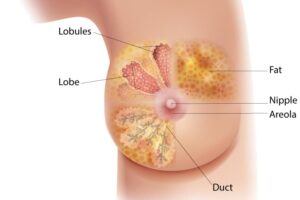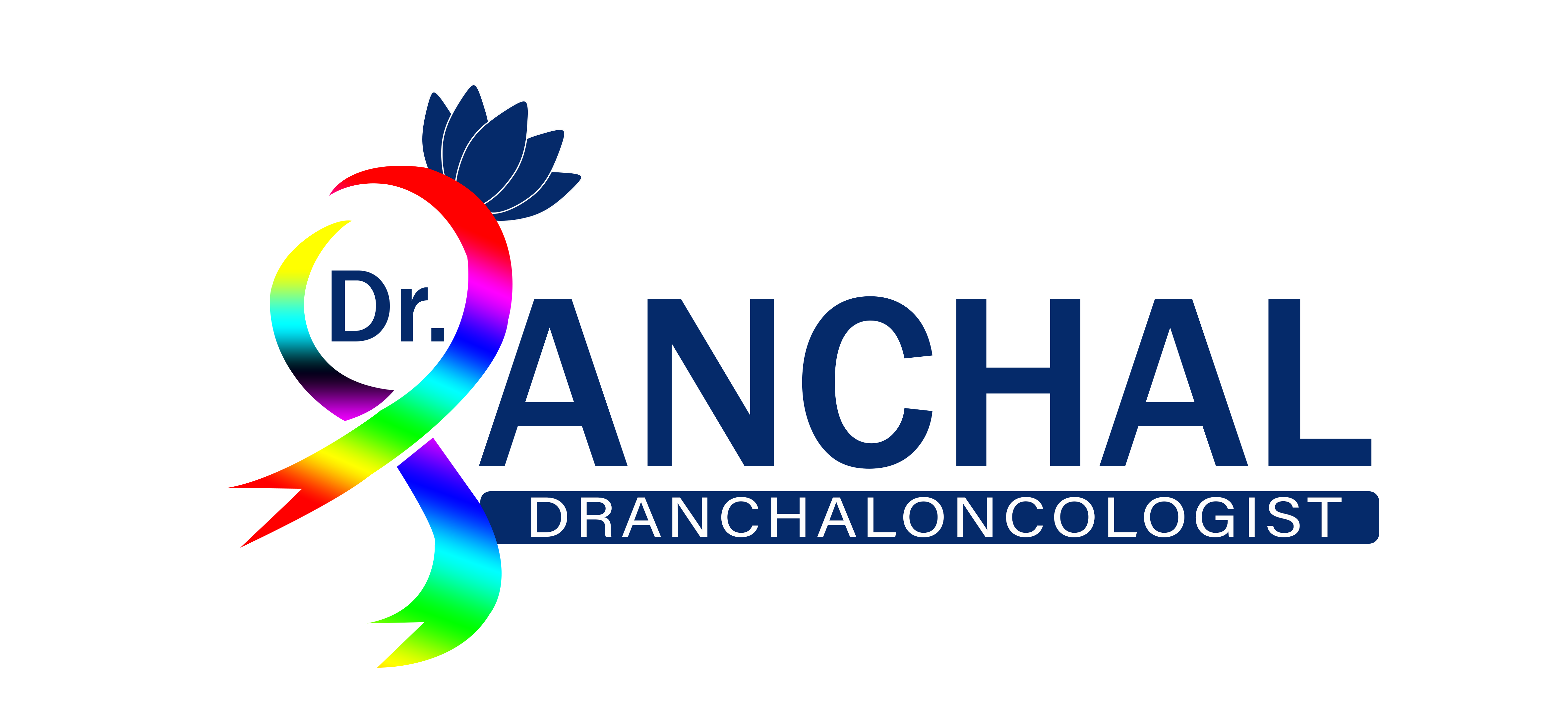Know Breast Cancer
Breast Cancer
Risk Factors
- Gender: While breast cancer can occur in men, it is much more common in women.
- Age: The risk of breast cancer increases with age, with the majority of cases occurring in women over 50.
- Family History: Having a first-degree relative (mother, sister, or daughter) with breast cancer can increase the risk.
- Genetics: Mutations in certain genes, such as BRCA1 and BRCA2, can significantly increase the risk of developing breast cancer.
- Hormone Replacement Therapy (HRT): Prolonged use of hormone replacement therapy after menopause may slightly increase the risk.
- Reproductive Factors: Early onset of menstruation, late menopause, and having children later in life can influence risk.
- Radiation Exposure: Prior radiation treatment to the chest area can increase the risk.
Signs and Symptoms
- Lump or Mass: A painless lump or thickening in the breast or underarm area is a common early sign.
- Changes in Breast Size or Shape: This may be due to a tumor altering the structure of the breast tissue.
- Skin Changes: This can include redness, dimpling, or puckering of the skin on the breast.
- Nipple Changes: This may include nipple inversion, changes in appearance, or discharge.
- Breast Pain: While not usually a symptom of breast cancer, it can sometimes occur.
For More Information, Contact Dr. Anchal Agarwal

Types of Breast Cancer
- Ductal Carcinoma In Situ (DCIS): Abnormal cells are found in the lining of a breast duct but have not spread outside the duct.
- Invasive Ductal Carcinoma (IDC): Cancer starts in the milk ducts and then invades nearby tissues in the breast.
- Invasive Lobular Carcinoma (ILC): Cancer starts in the milk-producing glands (lobules) and then spreads.
- Triple-Negative Breast Cancer: This type lacks estrogen and progesterone receptors, as well as HER2 protein. It tends to be more aggressive.
- HER2-Positive Breast Cancer: This type has high levels of a protein called HER2, which can promote the growth of cancer cells.
Treatment
Treatment for breast cancer depends on factors like the type, stage, and location of the cancer, as well as the patient’s overall health. Common treatments include surgery, radiation therapy, chemotherapy, hormone therapy, and targeted therapy.
Early detection through regular self-exams, clinical breast exams, and mammograms can greatly improve the chances of successful treatment.
Remember, every case of breast cancer is unique, and treatment plans are tailored to the individual. Consulting with a healthcare professional and oncology team is crucial for making informed decisions about treatment.
Frequently Asked Questions (FAQs)
Breast cancer can often be effectively treated, and the majority of patients who receive appropriate care can lead long and healthy lives.
Stages 1, 2, and 3 of breast cancer are generally treatable and can be cured with the right interventions.
Typically, the first sign of breast cancer is a painless lump in the breast, which may not be noticeable by the person but can be detected through routine mammogram screening.
Breast cancers typically double in size every 180 days or six months. However, the rate of growth can vary depending on individual factors. Each person and each cancer is unique.
Reducing risk factors such as maintaining a healthy weight, regular exercise, limiting alcohol consumption, and avoiding exposure to radiation can help lower the risk of breast cancer. Early detection through self-exams, mammograms, and regular check-ups can also improve outcomes.
